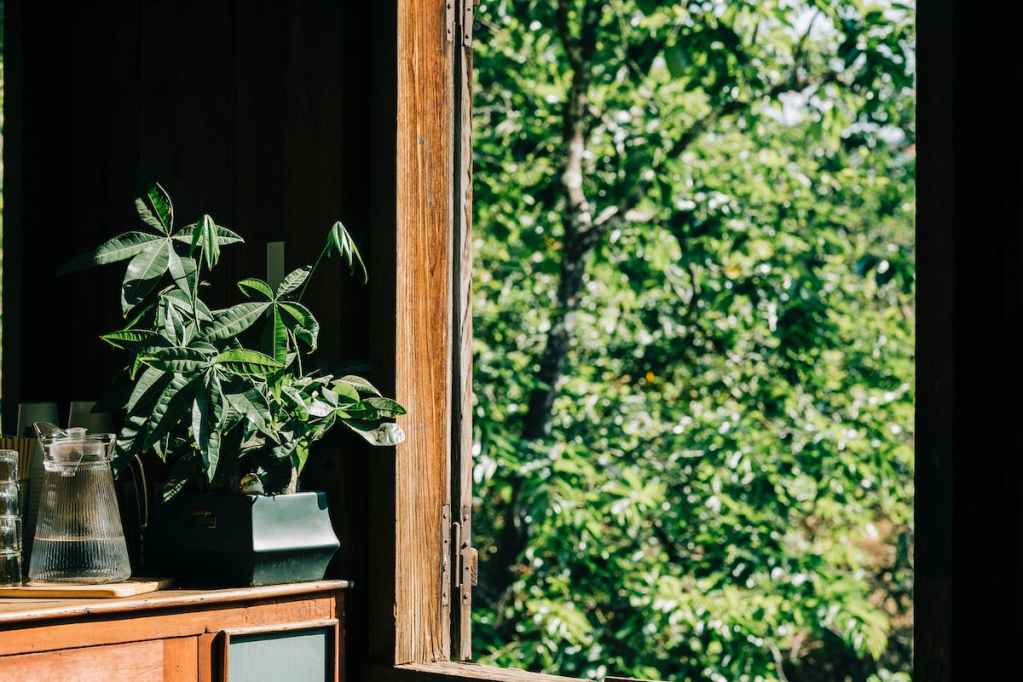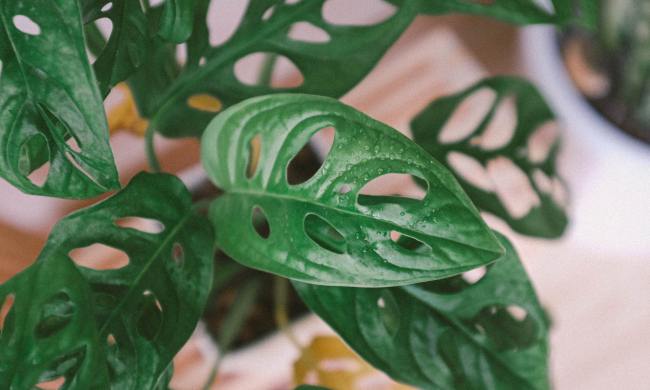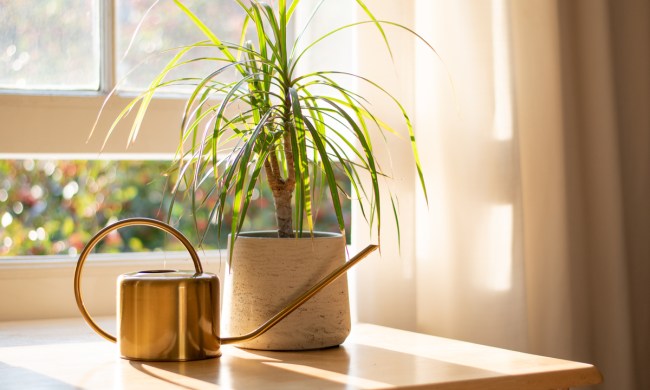
If your home or office is in need of a new small tree, then the beautiful money tree, also known as the Guiana chestnut, might be the perfect choice. Pachira aquatica is a small tree native to Central and South America, where it is used as a symbol of good financial luck and prosperity. Whether you’re hoping for some good luck or just like the way it looks, money trees make excellent houseplants. Additionally, money tree care is easy to follow. This simple guide will explain everything you need to know to keep your new money tree happy and healthy.

Where and how to plant your money tree
If your money tree is outdoors, then make sure it has plenty of room. They can get up to 60 feet tall if left to their own devices, so avoid planting yours beneath any overhangs, trees, or power lines. Indoor money trees, however, will stay much smaller, typically growing only a few feet tall.
Plant your money tree in highly well-draining soil, such as an orchid mix or other bark-based soil. Make sure to choose a pot with plenty of drainage holes, as money trees need a lot of water but cannot tolerate soggy soil. Then place your money tree in a warm location with bright, indirect light. They will also grow under fluorescent lights, making them excellent office desk plants.

Caring for your money tree
Water is an extremely important part of money tree care, as these tropical plants do not tolerate drying out. Give your money tree a thorough soaking one to two times per week whenever the top inch of the soil is dry to the touch. Make sure the soil is wet throughout; you should see water draining out of the bottom of the pot when it is soaked through.
In addition to watering your money tree, make sure it is in a humid environment. Money trees make good bathroom plants, as they enjoy the steam from showers. However, regular misting will work just as well. Keeping your money tree away from drafts and air vents will also help keep the humidity up.
During the spring and summer, fertilize your money tree lightly with a balanced, water-soluble fertilizer. It is easy to overfertilize money trees, so use half as much as you typically would or dilute the fertilizer before applying. Larger money trees, such as those grown outside, can receive a regular dose. You can apply the fertilizer anywhere from every two weeks to every three months, depending on the size of your money tree. Fertilize less often during fall and winter.

Common problems and mistakes to avoid
Money tree care is simple, but there are still a few mistakes and pitfalls to avoid. The good news is that these problems come with warning signs that, if recognized, can be used to correct the mistake before it gets too bad. Money trees communicate primarily with their leaves. Leaves that are falling off may be a sign of overfertilization, while yellowing leaves and stunted growth mean your money tree needs more fertilizer.
Wilted or limp leaves can be a sign of low humidity or overwatering. If the soil is dry, mist it thoroughly to increase the humidity, and make sure it isn’t underneath an air vent. Air vents will blow dry air directly onto your plant, which isn’t great for the humidity-loving money tree.
Dry, brittle leaves can be a sign of underwatering or sunburn. If the soil is dry, water your money tree thoroughly. Sunburns are caused by too much direct sun, so make sure your money tree is in indirect lighting or only receives direct light in the early morning.

Pruning and propagating your money tree
Money trees can be propagated using the branches removed during pruning, which makes this process incredibly convenient. To propagate your money tree, all you need to do is take a cutting from your money tree that’s 4 to 6 inches long and has a few leaf nodes. Remove any leaves from the bottom half of the stem, and place the cutting in either soil or water. Then, care for the cutting as you would an adult money tree.
When you choose to prune your money tree depends on why you’re pruning it. If you have noticed dead, dying, or diseased stems or leaves, then you can prune those straight away. However, your regular pruning to maintain the size and shape of your money tree should be done in spring or early summer. Remove stems and leaves that are growing too tall or sticking out from the rest of the branches to keep your money tree looking neat.
Make sure to leave plenty of leaves behind. Taking too much at once can stress out your money tree and cause it to become sickly. Always leave 2/3 to 3/4 of the stems and leaves on the plant so it can grow and thrive.
Money trees symbolize good fortune and prosperity, making them a great housewarming gift or office plant. Luckily, money tree care is easy, and these plants thrive with minimal intervention. As long as it has plenty of water, your money tree will flourish. You can even propagate it, creating new money tree plants so you can share the good luck with all your friends.



